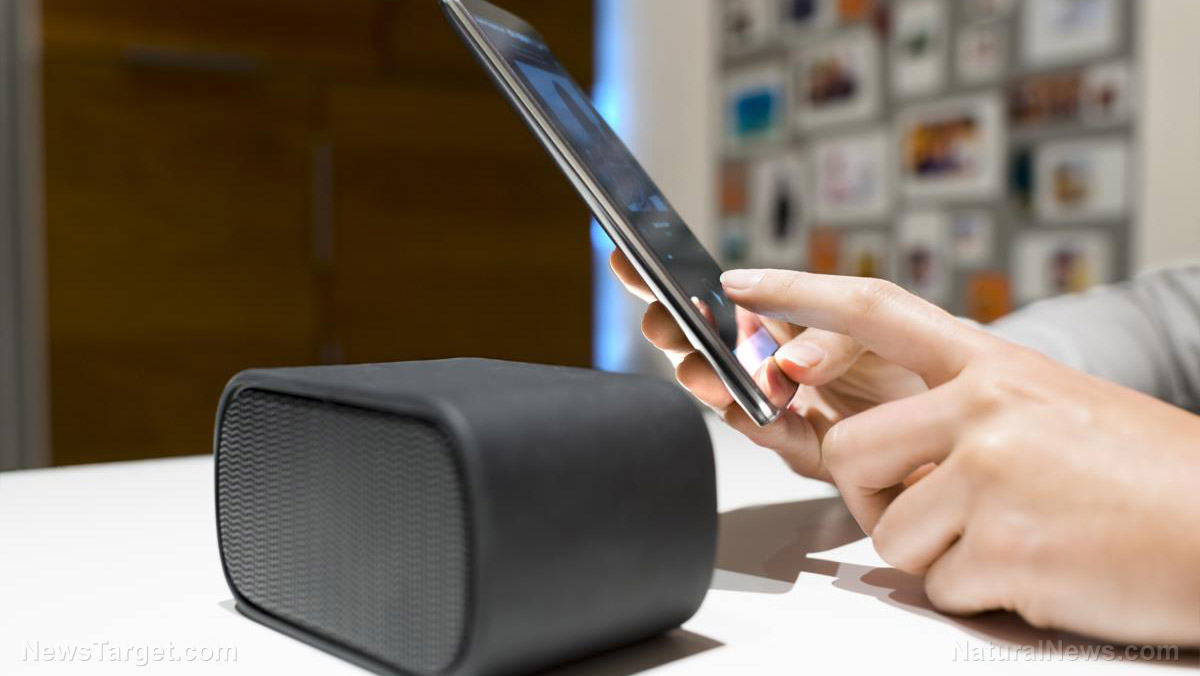
Advertisement
For most people, using a smartphone involves relying on the hands, eyes, and ears to do almost everything. You pick it up and navigate it with your fingers, you see and read the pictures or text on the screen, and you listen in through either the earpiece or the loudspeaker for most normal tasks.
But recent research in Israel has found an interesting new way of using your smartphone, and it involves using a different body part: your nose.
The cleverly dubbed “Sniffphone” — which is currently being developed as part of a European Union (EU)-funded project — is said to be capable of analyzing a user’s breath to detect as many as 17 diseases at minimum. And it also has the potential to detect even more.
The goal of the Sniffphone project seems fairly simple: to analyze a user’s breath and catch diseases before it’s too late.
Sniffphone origins
The story of Sniffphone began about a decade ago in Technion Israel’s Institute of Technology, when engineer Hossam Haick joined and created a new technology called “Na-Nose.” It was a two-part screening tool composed of a desktop box to catch a user’s exhaled breath, and an attached computer to interpret the patterns detected by sensors inside the desktop box.
The Na-Nose computer was equipped with machine-learning software that was able to not only learn and recognize the patterns being shown through the sensors, but also sort cases based on different factors like age, gender, geography, and contamination.
Eventually, Na-Nose was presented in a December 2016 study on ACS Nano, where it was first specified that it could diagnose up to 17 diseases using gold nanoparticles or carbon nanotubes. Since then, it has been developed and studied extensively, and so far has been tested on almost 10,000 individuals across five different countries. As of this time’s writing, it can detect gastric cancer in a blind test with up to 94 percent accuracy.
“We aim to catch disease at an early stage, where we can increase the survival rate,” says Haick.
Detection is just the start
The science behind Na-Nose and the Sniffphone seems sound enough, and the way they are designed really reflect the main idea behind their creation. The task now for the researchers who are working on it is to miniaturize it to the point that it can either be connected to an existing smartphone as an accessory or be built right into the smartphone itself.
If it’s possible to have it as a built-in sensor, the Na-Nose tech could be applied as a background task that’s running constantly, reading the chemical patterns in your breath even as you are taking phone calls. And as soon as it detects any suspicious patterns or diseases, you’ll get a notification telling you to get treatment before you even know it.
Sources include:
Submit a correction >>
This article may contain statements that reflect the opinion of the author
Advertisement
Advertisements
















